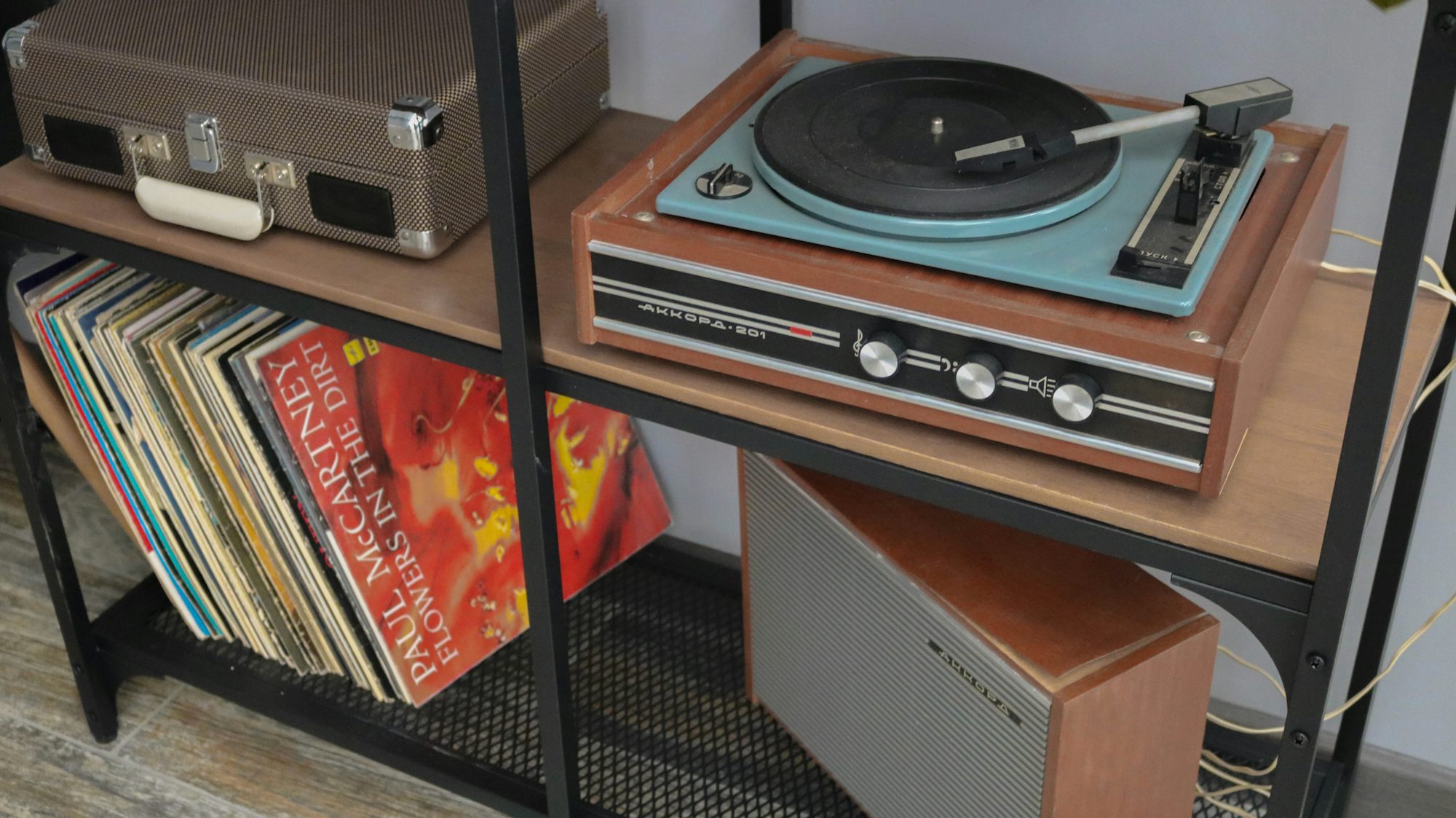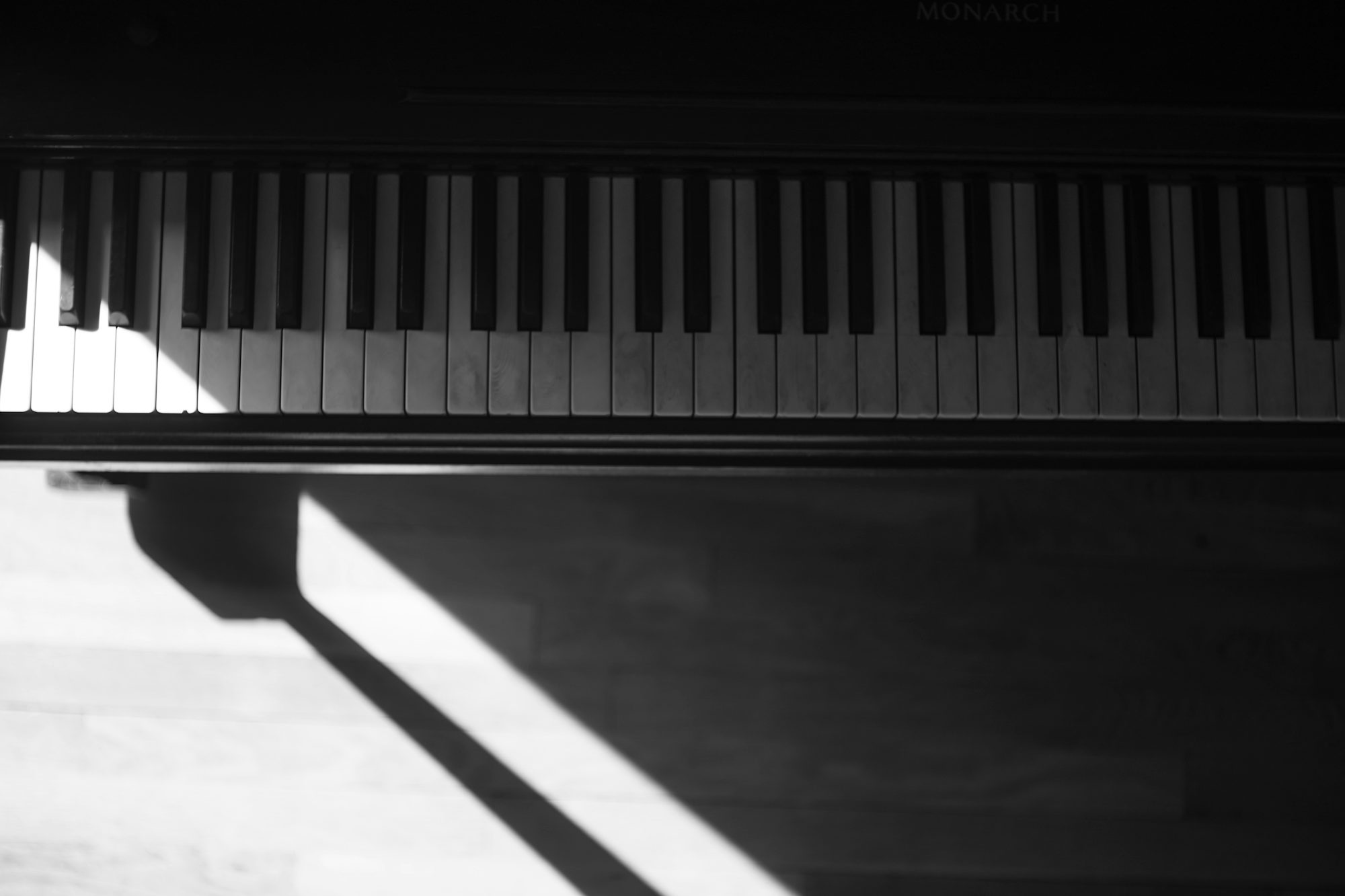Flamenco guitar is one of the most captivating and emotionally charged styles of music in the world. Originating in the southern region of Spain, particularly in Andalusia, Flamenco has been deeply intertwined with the country’s cultural, social, and historical identity for centuries. What makes Flamenco guitar so unique is its ability to convey raw emotion through a blend of intricate rhythms, passionate melodies, and complex fingerwork.
In this article, we’ll dive into the origins and evolution of Flamenco guitar, its key characteristics, the pioneering artists who have shaped the genre, and its contemporary relevance in both traditional and modern music scenes.
The Roots of Flamenco: A Fusion of Cultures
The history of Flamenco is as diverse as the music itself. Its origins can be traced back to the fusion of various cultural influences that came together in Andalusia over several centuries. The region, with its mix of Moorish, Gypsy, Jewish, and Christian communities, became a cultural crossroads that gave birth to many unique art forms, including Flamenco.
The earliest forms of Flamenco music emerged in the 15th and 16th centuries, during the period when Spain was under Muslim rule. The Moors, with their distinctive musical scales and rhythms, had a significant influence on the development of Flamenco. In particular, the use of Phrygian mode in Flamenco, which has a characteristic exotic sound, is derived from the music of the Moors.
Simultaneously, the Gypsies (or Roma people) who arrived in Spain in the 15th century played a major role in shaping Flamenco’s unique style. Their rich musical traditions, which included both vocal and instrumental elements, brought an intensity and passion to the music that became a defining feature of Flamenco guitar. The Gypsies contributed their melodic ornamentations, improvisation, and rhythmic complexity to Flamenco, transforming it into an emotional and highly expressive art form.
Key Characteristics of Flamenco Guitar
Flamenco guitar is characterized by its percussive rhythms, rapid rasgueado strumming, complex fingerpicking, and intricate picado runs. The music is often played with an intensity that reflects the deep emotional roots of the genre. Unlike many other styles of guitar, Flamenco guitarists make extensive use of percussive techniques, tapping on the body of the guitar to create rhythmic textures that complement the traditional handclaps (palmas) and foot stamping (zapateado) found in Flamenco dancing.
One of the most distinctive features of Flamenco guitar is its flamenco tremolo technique. This involves playing a fast, repeated series of notes using the thumb, index, and middle fingers to create a shimmering, ethereal sound. The tremolo is used to highlight the melody and often serves as a dramatic contrast to the more percussive elements of the music.
Flamenco is also known for its intricate compás, which is the rhythmic structure that forms the foundation of the music. Flamenco compás is based on complex time signatures, often in 12 beats, which are subdivided into different rhythmic patterns. The most famous compás is soleá, a slow 12-beat pattern, but other compases like bulerías and alegrías are also widely used, each with their own unique feel and speed.
The Evolution of Flamenco Guitar: From Traditional to Modern
Flamenco guitar was initially part of a vocal and dance tradition, with the guitar accompanying the singers (cantaores) and dancers (bailaores). However, as the genre evolved, guitarists began to experiment with the instrument, pushing the boundaries of technique and expression.
In the early 20th century, Paco de Lucía emerged as a revolutionary figure in Flamenco guitar. Known for his virtuosity and innovation, Paco de Lucía took traditional Flamenco guitar techniques to new heights, incorporating elements of jazz, classical music, and even Latin rhythms. His groundbreaking albums, like “El Duende Flamenco” and “Siroco”, redefined the sound of Flamenco guitar and introduced a new generation of listeners to the genre.
Paco de Lucía was particularly known for his technical mastery and unique ability to blend improvisation with precise rhythmic and melodic structures. His collaborations with other artists, such as the legendary Flamenco singer Camarón de la Isla, helped to bring Flamenco to a global audience. Their partnership is considered one of the most influential in the history of Flamenco music, and their work is still studied and revered by musicians today.
Another important figure in the evolution of Flamenco guitar was Tomatito (José Fernández Torres), who became one of the leading proponents of modern Flamenco guitar. Known for his lightning-fast picado runs and rhythmic precision, Tomatito’s style incorporates influences from jazz and contemporary music while staying deeply rooted in Flamenco tradition. His collaborations with Paco de Lucía and Camarón de la Isla were crucial in expanding Flamenco’s musical horizons and bringing the genre into the 21st century.
While Paco de Lucía and Tomatito are considered Flamenco guitar icons, younger artists have continued to innovate within the genre, combining Flamenco with other musical traditions. Vicente Amigo, another virtuoso of the guitar, has pushed the boundaries of Flamenco by infusing elements of classical and jazz music into his compositions. His delicate phrasing and improvisational skill have earned him a place among the most important contemporary Flamenco guitarists.
Flamenco Guitar in the Global Context: Cross-Cultural Influences
While Flamenco has its roots in Spain, the genre’s influence has spread far beyond the borders of Andalusia. Many contemporary guitarists have taken elements of Flamenco and woven them into a variety of musical styles, creating cross-cultural fusions that bring new perspectives to the genre.
One of the most notable contemporary Flamenco fusion artists is Al Di Meola, an American jazz guitarist who collaborated with Paco de Lucía on the legendary album “Friday Night in San Francisco”. Di Meola’s incorporation of jazz, rock, and world music elements into Flamenco guitar created a unique hybrid style that has resonated with musicians across genres. His technical prowess, alongside de Lucía’s mastery, made the album a milestone in the world of guitar music.
In recent years, Flamenco fusion has also found a place in contemporary music genres such as world music, electronic, and pop. Guitarists like Jesse Cook and Ottmar Liebert have created music that blends Flamenco rhythms and guitar techniques with elements of Latin jazz, bossa nova, and even electronic music. Their work has brought Flamenco into the mainstream and introduced it to new, diverse audiences worldwide.
Flamenco Guitar Today: Tradition and Innovation
In the 21st century, Flamenco guitar continues to thrive, balancing the preservation of its rich tradition with innovation and experimentation. Guitarists like Gerardo Núñez and Juan Martín are leading the charge in keeping Flamenco alive while exploring new frontiers of sound. Both artists are known for their ability to blend traditional Flamenco with modern styles, while still paying homage to the roots of the genre.
Moreover, the continued presence of Flamenco dance (ballet flamenco) and Flamenco singing has ensured that the genre remains vibrant and evolving. International Flamenco festivals in cities around the world celebrate the music and dance, showcasing both established artists and emerging talent. The global reach of Flamenco has allowed it to become a living, evolving art form that remains deeply connected to its Spanish roots while embracing new influences.
Conclusion: The Enduring Legacy of Flamenco Guitar
Flamenco guitar has a long and storied history, rooted in the cultural melting pot of Andalusia. Over the centuries, it has evolved from a folk tradition to a virtuosic art form, blending various musical influences while retaining its distinct emotional intensity. Today, Flamenco guitar continues to inspire musicians and listeners around the world, with its passionate sound and intricate rhythms captivating new generations of guitarists.
The genre’s evolution, led by legendary figures like Paco de Lucía, Tomatito, and Vicente Amigo, has allowed Flamenco to cross cultural boundaries, inspiring guitarists in diverse musical landscapes. As we look toward the future, it is clear that Flamenco guitar will continue to be a source of inspiration and innovation, honoring its past while charting new musical paths for the future.


